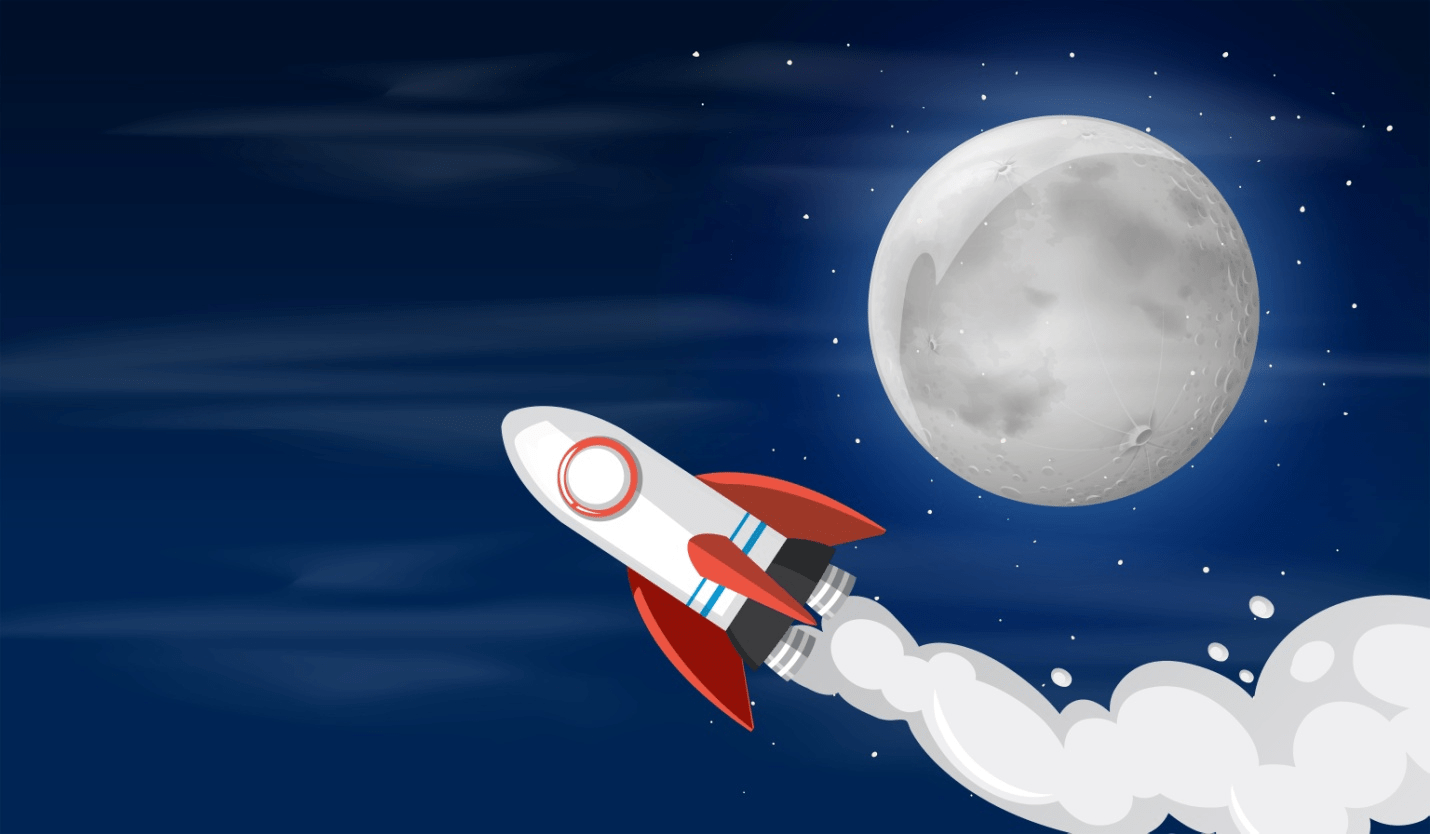
The Digital Doctor is In: AI and Telemedicine Redefine Healthcare
The healthcare industry is undergoing a seismic shift fueled by artificial intelligence (AI) and telemedicine.

The largest rocket element ever created by NASA, the core stage of NASA’s Space Launch System (SLS) rocket, launches its four RS-25 engines for 8 minutes and 19 seconds at NASA’s Stennis Space Center in Mississippi for missions on the Moon.
The successful test, known as the hot fire, is a crucial milestone for the Artemis I mission, which will be sending an unmanned Orion spacecraft on a test flight around the Moon and back to Earth, paving the way for future missions of Artemis with astronauts.
Boeing’s cryogenic baseline (the core) completed the hot fire test as part of the SLS rocket’s Green Run test campaign on the test stand. B -2. Test data confirmed the successful operation of the core stage and will help establish the flight stage.
The SLS core is powered by liquid hydrogen and oxygen tanks powered by four RS-25 engines built by Aerojet Rocketdyne, together producing a thrust of 1.6 million pounds during the test and at the launch.
During the mission, the stage engines produced 2.2 million pounds of thrust. The engines burned for a total of 499.6 seconds, or eight minutes and 19 seconds, during the test, providing critical test data.
Engineers created an eight-part Green Run test campaign to gradually bring the core stage of the SLS to the first time, ending with a hot fire. The team will use the test data to confirm the design of the core stage for the flight. Acting NASA administrator Steve Jurczyk commented: “Today’s successful hot fire test of the core stage for the SLS is an important milestone in NASA’s goal to return humans to the lunar surface – and beyond.”
The core stage of the SLS will then be restored and delivered to NASA’s Kennedy Space Center in Florida. At the space center, the core stage will be assembled with solid rocket boosters and other parts of NASA’s Orion spacecraft on a mobile launch vehicle at the Kennedy Vehicle Assembly building in preparation for Artemis I.
Orion, SLS, and the ground systems at Kennedy, along with the human landing system and the Gateway in orbit around the Moon, are NASA’s backbone for deep space exploration.
The SLS rocket is the only rocket that can send Orion, astronauts, and also supplies to the Moon on a single mission. Exploring the Moon using NASA’s Artemis program includes preparing to send astronauts to Mars as part of the US approach to exploring the Moon to Mars.

The healthcare industry is undergoing a seismic shift fueled by artificial intelligence (AI) and telemedicine.

The healthcare and pharmaceutical sectors are navigating a transformative period, with technological advancements reshaping patient care, operational efficiencies, and strategic growth.

In the world of business, financial wizards wave their wands to conjure profits and success. But behind every great money magician …

Insurtech is not just making waves in the insurance industry—it’s rewriting the rulebook. As technology-driven startups disrupt …